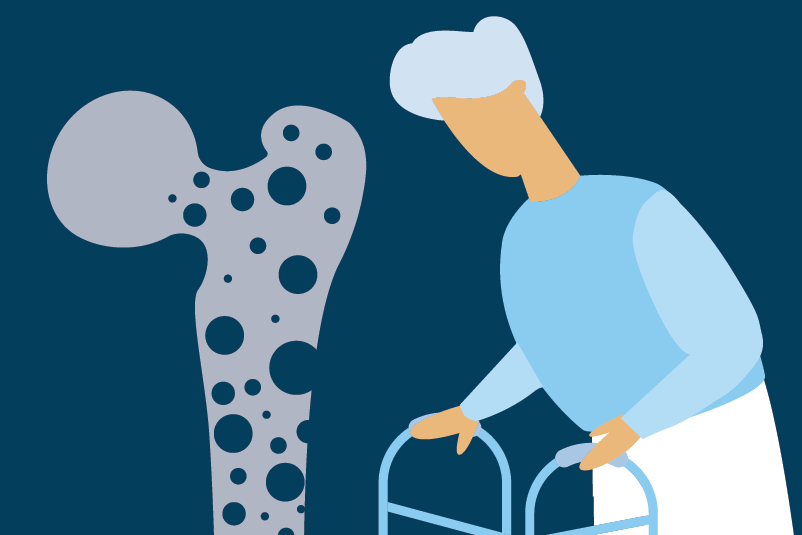#295 Mission Slimpossible: Semaglutide for weight loss

Reading Tools for Practice Article can earn you MainPro+ Credits
Join NowAlready a CFPCLearn Member? Log in
- Four industry-funded, randomized, placebo-controlled trials (RCTs) of subcutaneous semaglutide 2.4mg/week for weight loss, plus lifestyle interventions (counseling, diet, and physical activity).1-4 Baseline weight ~96-105kg.
- 1961 non-diabetics.1 After 68 weeks:
- Mean weight loss: 15% of weight (15kg) versus 2% (3kg, placebo).
- Proportion who lost ≥5% weight: 86% versus 32% (placebo), number need to treat (NNT)=2.
- Lost ≥10%: 69% versus 12%, NNT=2.
- Weight loss plateaued ~week 60.
- Adverse effects:
- Gastrointestinal: 74% versus 48% (placebo), number needed to harm (NNH)=3.
- Withdrawal due to adverse effects: 7% versus 3%, NNH=25.
- RCT of semaglutide with more intensive lifestyle intervention found similar [weight loss 16% (17kg) versus 6% (6kg, placebo)].2
- Dose-finding RCT, 1210 diabetics. Given semaglutide 2.4mg/week, 1.0mg/week or placebo.3 After 68 weeks:
- Mean weight loss: 10% (2.4mg), 7% (1mg) and 3% (placebo)
- Proportion who lost ≥5% weight: 69% (2.4mg) versus 57% (1mg) versus 29% (placebo), 2.4mg versus 1mg: NNT=9.
- Adverse effects similar between doses.
- Weight maintenance RCT. 803 non-diabetics given semaglutide 2.4mg/week for 20 weeks then randomized to continue semaglutide or switch to placebo. After 48 weeks:4
- Continued semaglutide lost 8% versus 7% gain (placebo).
- 1961 non-diabetics.1 After 68 weeks:
- Weight loss with oral semaglutide studied as secondary outcome in cardiovascular disease and glucose-lowering trials. Participants weight loss was 4.6% (4.2kg) versus 0.9% (0.8kg, placebo) at 15.9 months in largest RCT.5
- High-dose semaglutide (0.4mg daily) superior to liraglutide (3mg daily) in semaglutide-sponsored RCT:
- Weight loss: 14% semaglutide (17kg) versus 8% liraglutide (8kg).
- Weight loss similar between 0.1mg daily semaglutide and liraglutide.6
- Semaglutide titration in RCTs: Every 4 weeks as tolerated.
- Semaglutide 2.4mg not currently available (Canada), but lower doses are.7
- 1mg weekly costs ~$200/month.8







Very relevant to my practice
“Weight regain occurs once the medication is stopped? … even if the person maintains positive lifestyle changes?
Weight regain once medication is stopped – this information is really important when treatment is discussed with the patient.
On a lighter, yet sober note – sounds like paying $200 ‘subscription’ a month for 10 – 15% wt loss, if subscription ever cancelled, all the weight comes back. Useful thought while having conversations around initiating semaglutide for wt loss